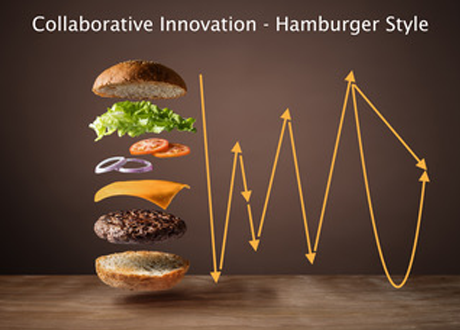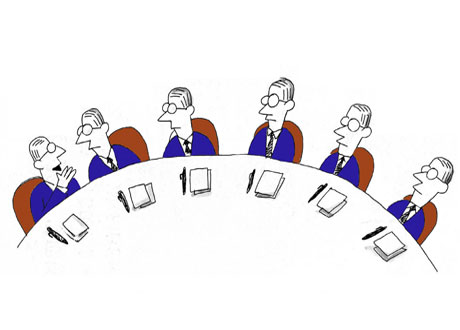Democratising Elite Performance Tools with Dr. Andy Walshe
Currently leading Human Performance for Red Bull, Andy works with hundreds of international athletes and business leaders to develop and implement elite performance models. In today’s podcast, Andy and Mark sit down to discuss the intricacies of human potential and how certain qualities of elite performers resonate across sectors, industries and arenas; how companies can evolve to enable more talented employees to excel and his project Human 2.0 which looks at how new technologies especially in the arena of Artificial Intelligence encourage us to explore our own potential at a much higher level.





